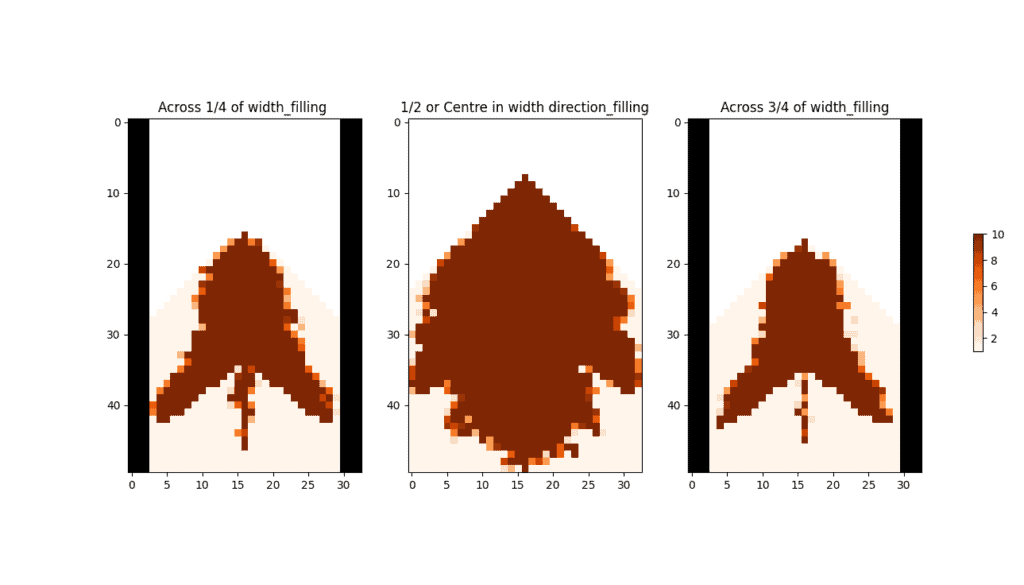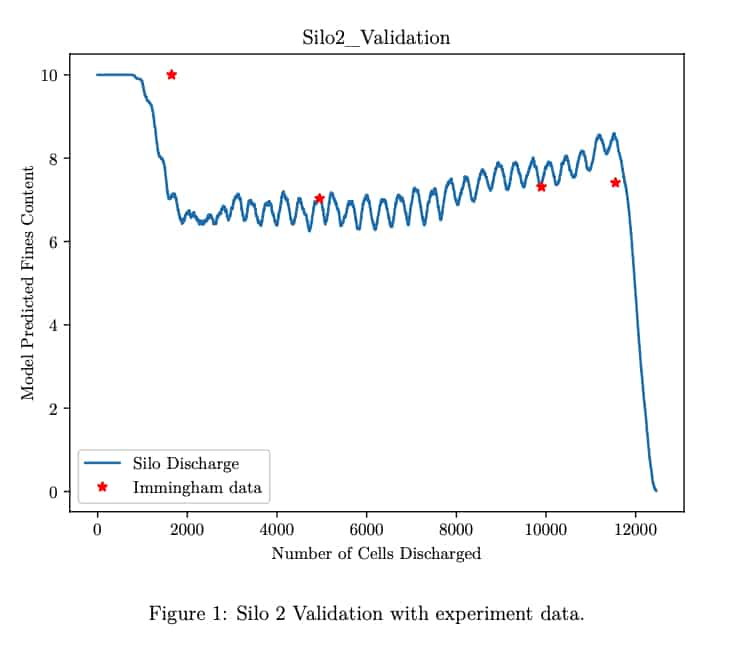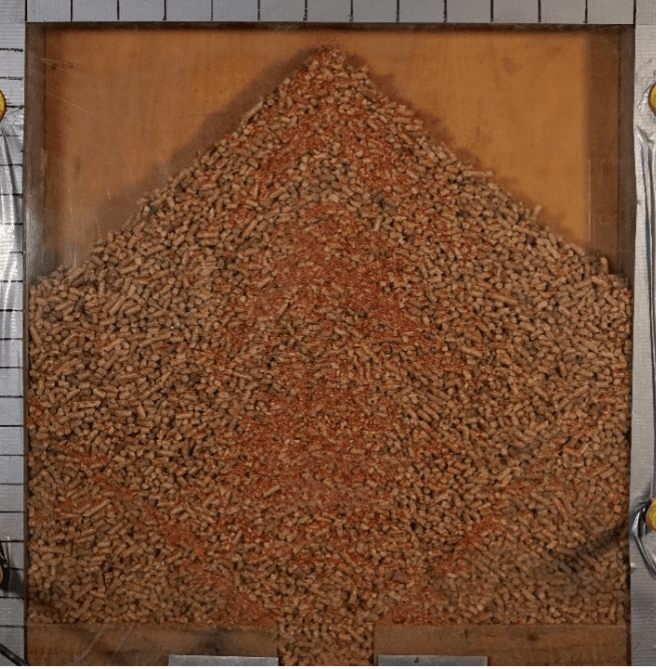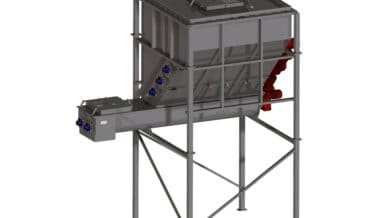The tendency for bulk solids that have a range of particle sizes to naturally segregate in handling causes a variety of common problems, including excessive dust emission leading to risks of explosion and fire, also variation in handling properties causing flow hang-ups, processing problems, and cargo specification violations.
Predicting segregation is the first essential to managing it and minimizing its effects. This model has been validated against full-scale tests on 30,000 tones silos at Immingham port in the UK. The use of the model has allowed a clear assessment of where in the handling chain the most influential operations are, and demonstrated that careful management of the filling and discharging procedures can significantly reduce the problem. Especially where there are silos with multiple outlets, great improvements in material consistency can be made by optimizing the order of discharge.
The model works by tracking the in-flow, piling up and out-flow of the material through a volume of calculation cells in storage space, the transfer of particles of different sizes between these cells, and hence predicts the distribution of material sizes or species in the discharge.
The validation against the operation of the full-scale silos has shown the accuracy of the model and its ability to accurately predict the effect of different operating conditions.
Simulation results:
Silo filling
the cross sections of a silo are shown in Fig 1. Dark brown areas in figures show higher fines accumulation compared to the light brown areas. Cells with very pale brown colour are coarse materials.

Light colour = low fines, dark = high fines, white = empty space
Silo emptying
- The output arrays of the simulations were captured, and the calibrated model predicted outcomes against experimental data were plotted.
- The solid line in Figures 2 is the model predicted fines content and red stars are the experimental data points.







































